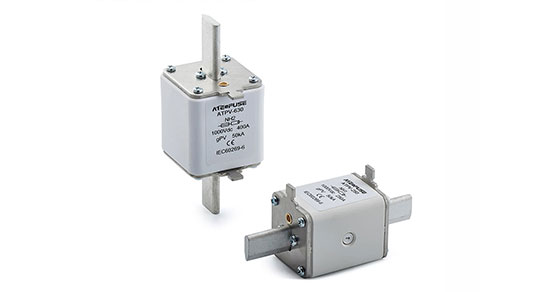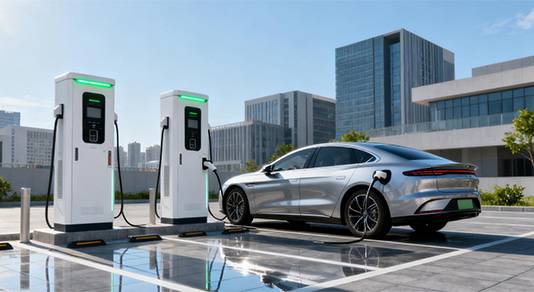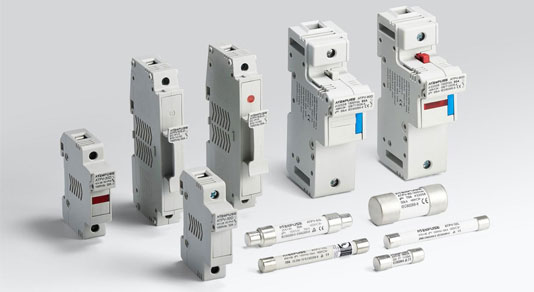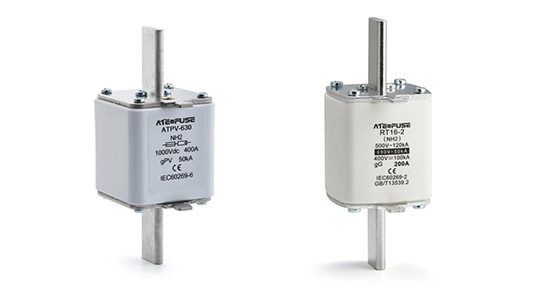Does an EV Charger Connect to the Meter or Fuse Box?
As electric vehicles (EVs) become increasingly popular, understanding how to properly install and connect an EV charger is crucial for both safety and efficient operation. A common question that arises is: does an EV charger connect to the meter or the fuse box? Additionally, the role of the EV fuse in this setup is an important aspect to explore. This article will delve into the details of EV charger connections, the function of the fuse box, the meter, and the significance of EV - specific fuses.
1. Basics of EV Charger Installation
Before we address the connection point, let's first understand the components involved in an EV charging setup. An EV charger, also known as an electric vehicle supply equipment (EVSE), is used to supply electrical energy to charge an EV's battery. The installation typically involves connecting the EVSE to the home's electrical system, which includes the meter, the fuse box (also called the electrical panel or distribution board), and the associated wiring.
2. The Fuse Box (Electrical Panel)
The fuse box is a critical component of a home's electrical system. It houses circuit breakers or fuses that protect the electrical circuits in the house from overcurrent. Each circuit in the house, such as those for lighting, appliances, and now potentially the EV charger, is protected by a breaker or fuse.
Role in EV Charger Connection
An EV charger is usually connected to the fuse box. Here's how it works:
• When installing an EV charger, a dedicated circuit is often required. This means running a new electrical cable from the fuse box to the location of the EV charger. The size of the cable and the rating of the circuit breaker (or fuse) depend on the power requirements of the EV charger. For example, a Level 2 EV charger, which is commonly used for home charging and provides faster charging than a Level 1 charger, may require a 240 - volt circuit with a 30 - to 50 - amp circuit breaker.
• The EV charger is then hard - wired or plugged into this dedicated circuit at the location of installation. The fuse box provides the overcurrent protection for the EV charger circuit. If there is an excessive current draw, such as in the case of a short circuit in the charger or the charging cable, the circuit breaker in the fuse box will trip, disconnecting the power and preventing damage or potential fire hazards.
3. The Electrical Meter
The electrical meter is used to measure the amount of electrical energy consumed by a property. It is usually installed by the utility company at the point where the electrical service enters the home.
Connection to the EV Charger
The EV charger does not directly connect to the meter in the typical sense of the installation. The meter measures the total electricity usage, including that of the EV charger. The power for the EV charger flows from the utility company through the meter, then to the fuse box, and finally to the charger. So, while the meter is part of the overall electrical supply chain, the physical connection of the EV charger is to the fuse box, not the meter itself.
However, it's important to note that the utility company may need to be involved in some cases. If the existing electrical service to the home is insufficient to support the additional load of the EV charger, the utility may need to upgrade the meter or the service entrance equipment. For example, if a home has a 100 - amp service and adding an EV charger that requires a 50 - amp circuit would push the total load beyond the capacity, the utility might need to upgrade to a 200 - amp service, which would involve replacing the meter and related equipment.
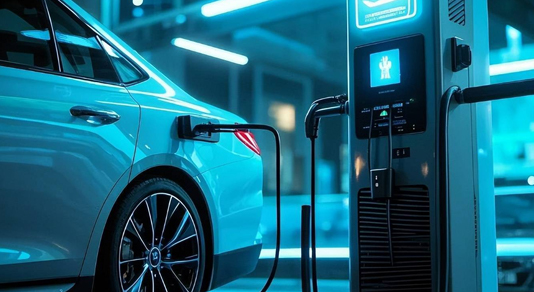
4. EV Fuse: What Is It and Why Is It Important?
An EV fuse, specifically designed for electric vehicle charging systems, is a safety device within the EV charger or the charging circuit.
Function of an EV Fuse
• Overcurrent Protection: Similar to regular fuses in the fuse box, an EV fuse protects the charging circuit from excessive current. In the event of a fault, such as a short circuit in the charger's internal wiring or in the vehicle - side charging connector, the EV fuse will blow, interrupting the current flow and preventing damage to the charger, the vehicle, and the home's electrical system.
• Compatibility and Safety: EV fuses are engineered to work with the specific voltage and current characteristics of EV charging. They are designed to trip quickly and safely in case of an overcurrent situation, ensuring that the high - power charging process does not pose a risk. For example, some EV chargers may have internal fuses that are rated to handle the high - voltage (e.g., 240 volts for Level 2 chargers) and high - current (e.g., up to 50 amps) conditions of EV charging.
Integration with the Overall Circuit
The EV fuse, if it is an internal component of the charger, works in conjunction with the circuit breaker in the home's fuse box. The circuit breaker provides the first level of protection for the entire circuit, while the EV fuse offers additional protection specific to the charger and the vehicle - charging interface. In some cases, the EV charger may be designed such that if the internal EV fuse blows, it needs to be replaced by a qualified technician to ensure proper safety and functionality.
5. Installation Considerations
When installing an EV charger, several factors related to the connection to the fuse box and the role of fuses need to be considered:
Dedicated Circuit Requirement
As mentioned earlier, EV chargers generally require a dedicated circuit. This is to prevent overloading other circuits in the home. The dedicated circuit should be properly sized, both in terms of the wire gauge and the circuit breaker (or fuse) rating. Using an undersized wire or a breaker with too high a rating can lead to overheating and potential fire risks.
Permitting and Inspection
In many areas, installing an EV charger requires obtaining the necessary electrical permits and having the installation inspected by a local electrical inspector. This ensures that the connection to the fuse box is done correctly, the proper wire sizing is used, and all safety codes are followed, including those related to EV fuses and overcurrent protection.
Future - Proofing
When installing the circuit for the EV charger, it's also a good idea to consider future needs. For example, if you plan to upgrade to a more powerful EV charger in the future or if you anticipate adding other high - power electrical devices, you may want to install a larger - capacity circuit than currently needed. This can save on future installation costs and potential electrical service upgrades.
In conclusion, an EV charger is connected to the home's fuse box, not directly to the meter (although the meter is part of the overall electrical supply path). The fuse box provides the necessary overcurrent protection for the dedicated EV charging circuit through circuit breakers. Additionally, EV - specific fuses play a crucial role in protecting the charger and the vehicle from internal faults. Understanding these connections and components is essential for a safe and efficient EV charging installation at home.


